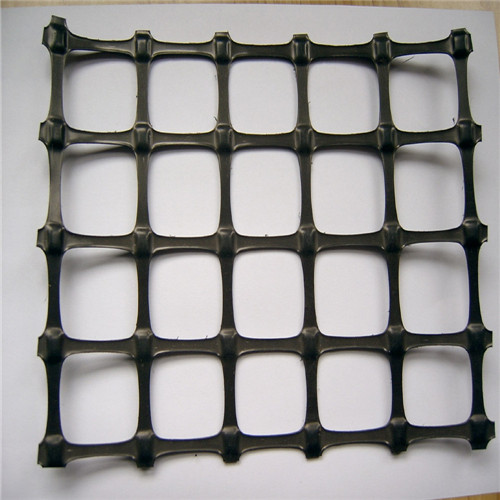- Understanding the Role of Geomembrane Liners in Waste Management
- Innovations in Geomembrane Liners for Water Management
- Geomembrane Liners: A Comprehensive Guide
- The Future of Geomembrane Liners in Civil Engineering
- Geomembrane Liners: Enhancing Landfill Stability
Manager:
WhatsApp:+86 177 0135 2670
Tel:+86 177 0135 2670
Email:marketing@okorder.com
Address:3rd Floor, No.2 Building, No.1 Sanlihe Road
Advances in Geomembrane Liner Technology
Geomembrane liners have been a staple in the world of environmental engineering for decades. These thin, flexible layers of synthetic materials are designed to contain fluids and provide a barrier against pollutants. But as technology advances, so does the innovation in geomembrane liner technology. Let's dive into the exciting developments that are shaping this field.

The Evolution of Geomembrane Liners
In the past, geomembranes were primarily made from materials like polyethylene, PVC, and EPDM rubber. These materials were effective, but they had their limitations. Over time, the industry has seen a shift towards more sustainable and durable options. For instance, the introduction of high-density polyethylene (HDPE) geomembranes has revolutionized the market. HDPE is not only more resistant to chemicals and UV radiation but also has a longer lifespan, making it an eco-friendly choice.
Innovations in Manufacturing Processes
The way we manufacture geomembranes has also seen significant improvements. Gone are the days of manual labor-intensive processes. Today, we have advanced machinery that can produce geomembranes with greater precision and consistency. This has not only increased production efficiency but also reduced the likelihood of defects in the final product.
Enhanced Sealing Techniques
One of the critical aspects of a geomembrane liner's performance is its ability to seal effectively. Traditional methods of sealing, such as heat welding or adhesives, have been fine-tuned to ensure a more robust and long-lasting bond. Moreover, new sealing techniques, like the use of induction sealing, are being explored to further improve the integrity of the seals.
Intelligent Design and Customization
With the help of advanced software and computer-aided design (CAD) tools, engineers can now create intelligent designs that are tailored to specific project requirements. This level of customization allows for a more efficient use of materials and ensures that the geomembrane liner fits perfectly with the contours of the site it's intended for.
Sustainability and the Environment
The push for sustainability has led to the development of geomembranes that are not only effective in their function but also considerate of the environment. Bio-based materials and recyclable options are being explored to reduce the carbon footprint and environmental impact of these liners.
Monitoring and Maintenance
The integration of smart sensors and monitoring systems has made it easier to keep track of the health and performance of geomembrane liners. This proactive approach to maintenance helps in identifying potential issues before they become critical, thus extending the life of the liner and reducing long-term costs.
The Future of Geomembrane Liners
As we look to the future, the potential for geomembrane liners is vast. With ongoing research and development, we can expect to see even more advancements in materials, manufacturing processes, and application techniques. The goal is to create a product that is not only highly effective but also sustainable and cost-efficient.
In conclusion, the advances in geomembrane liner technology are nothing short of remarkable. From the materials used to the way they are manufactured and applied, every aspect is being improved upon. These innovations are not just about making better products; they're about creating a better future for our environment and the projects we undertake.
- Previous:The Durability of Geomembrane Liners in Harsh Environments
- Next:Geomembrane Liners: Protecting Our Aquatic Ecosystems
-
2024-12-05Geomembrane Liners: A Comprehensive Guide






